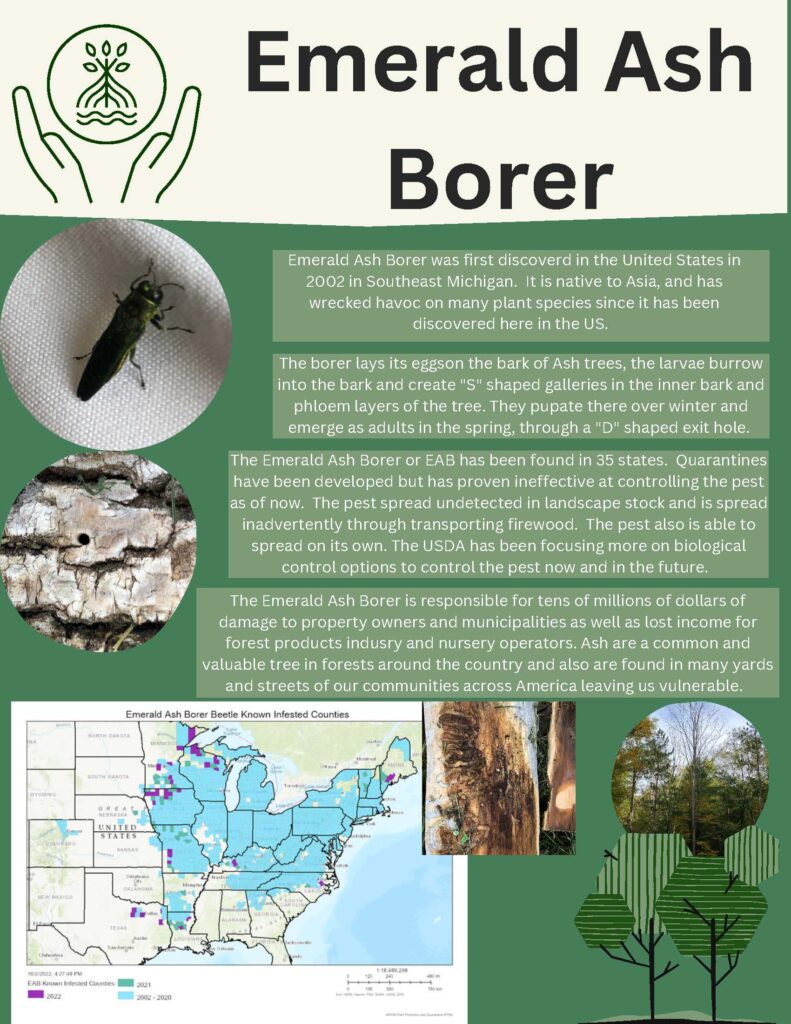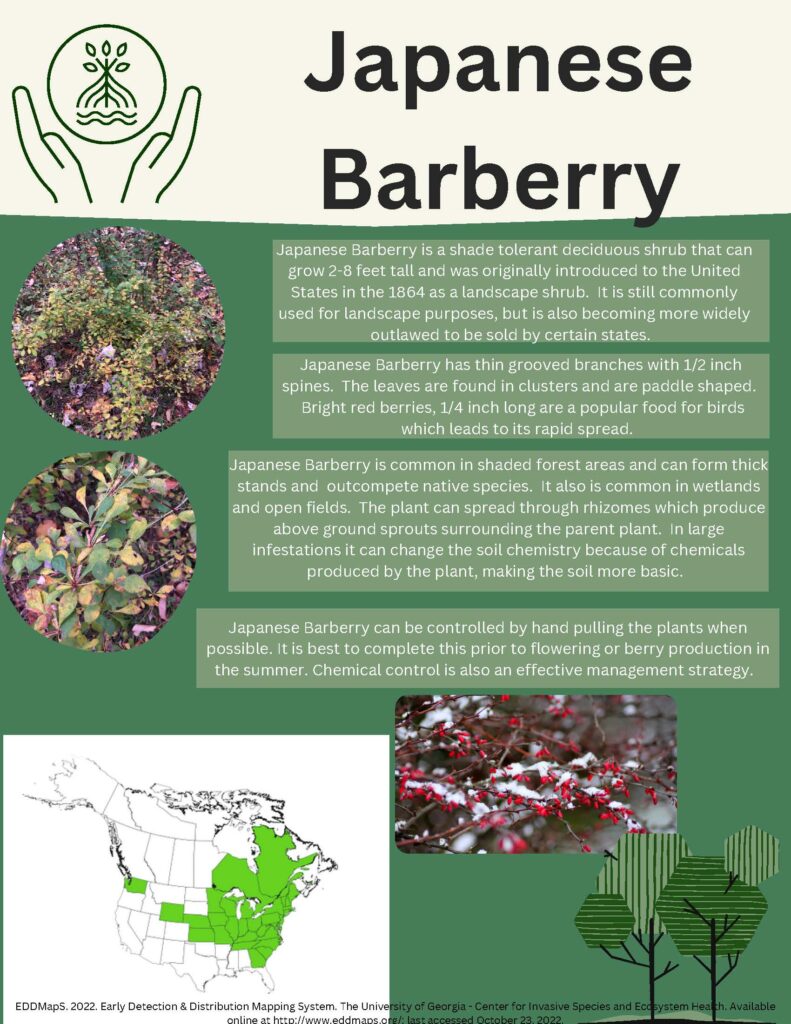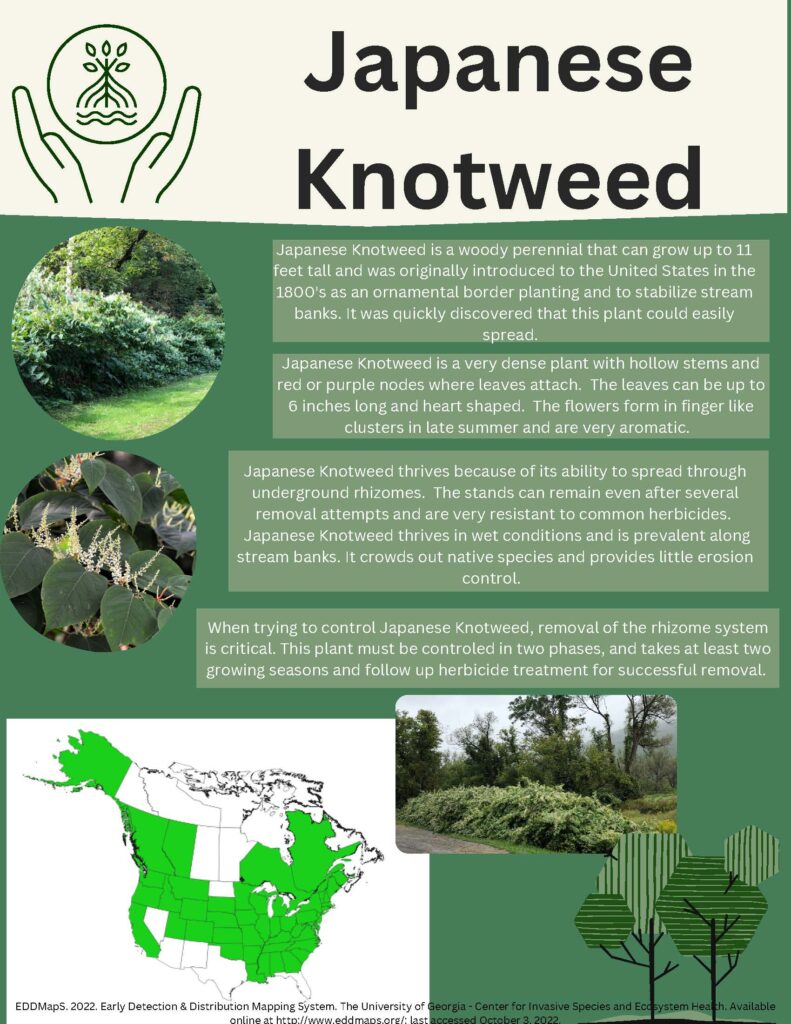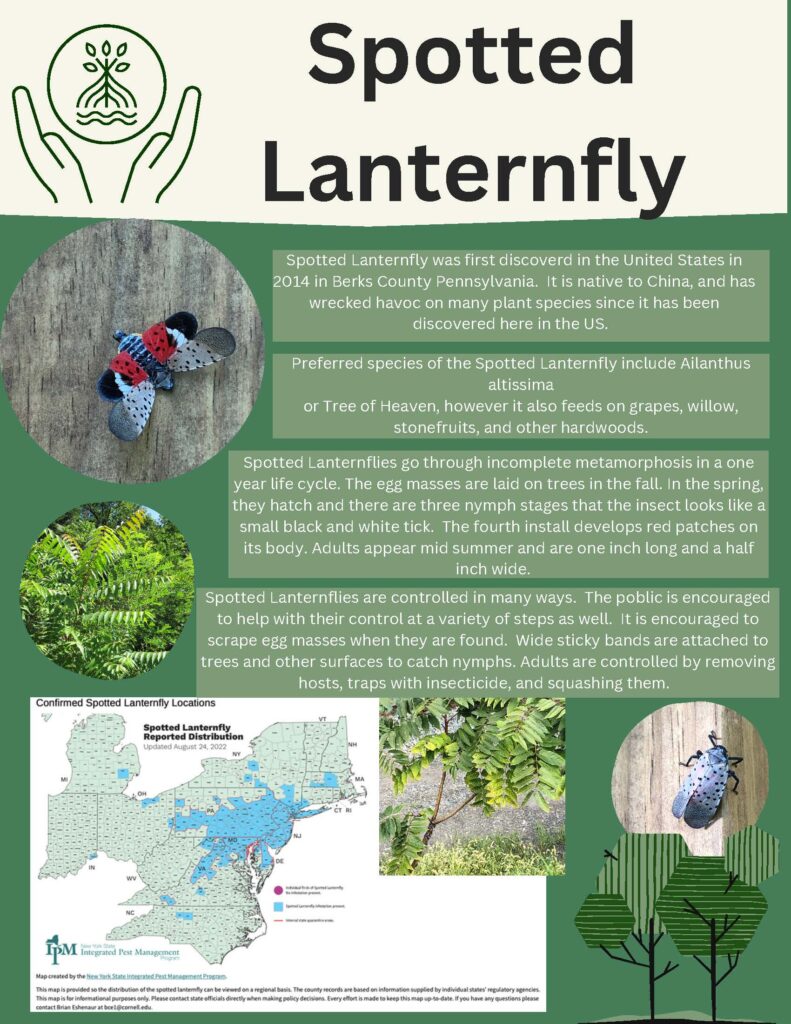Invasive Species: The Ultimate Challenger
The American land base, ecosystems, and climate zones help to make it an incredibly diverse and one of the most productive agricultural land areas in the world. This was very attractive to both early and more recent settlers who have capitalized on all the opportunities that the United States has to offer in the food fiber and natural resources industries, as well as many others. Unfortunately, this influx of people over centuries has also carelessly brought in an influx of invasive species as well.
Invasive species are species that are not native to a particular ecosystem, as well as a species that will cause economic or ecological harm, or harm to human health through their introduction. Humans are the main cause of the introduction of invasive species, sometimes intentionally, hoping that species will have a desired effect prior to it getting out of control. Other times, it is indirectly through ship’s ballast water, firewood, or release of a pet.
Invasive species are responsible for over $120 Billion in damages in North America each year to agricultural crops, public utilities, and natural resources industries. 42% of threatened or endangered wildlife species in the US are at risk because of endangered species. Invasive species can cause new diseases that affect humans, cause wounds, or be vectors of diseases. Climate change is only increasing and supporting invasive species spread in many already vulnerable environments. If nothing is done to stop the spread of invasive species, the America that we once knew will start to look very different.
There are many organizations working on the invasive species problem on the state and federal level. The United States Department of Agriculture monitors invasive species across the country. Cooperative Extension, state fish and boat organizations, game commissions, and Natural Resources conservation organizations are providing education, removal, and in some cases fining individuals that are causing the spread of species. Private companies are providing monitoring and assessment services.
Now is the time for homeowners, land owners, boaters, fishermen, hunters, shipping companies, farmers, tourists, pet owners, and YOU to step up and help be a part of the solution to stop invasive species. Individuals in all of these groups can take steps to prevent the spread of species, kill or remove species, and encourage habitat for native organisms to help save our ecosystems, industries, and health by defeating the ultimate challenger: invasive species.
Melanie Berndtson

Melanie Berndtson is a 15 year Agriscience teacher from Wellsboro, Pennsylvania. She teaches in a single teacher department with courses including animal science, plant science, natural resource management, environmental science, introduction to agriscience, and leadership courses. She teaches 100 students a year and directs the Grand Canyon FFA chapter. Melanie is passionate about curriculum development and has worked on several projects creating new educational materials in the small animal science field. She enjoys spending time outdoors with her husband Greg and her beagles Sonny and Ivan when she is not teaching.
Participant School & Location:
Wellsboro Area High School, Wellsboro, PA
Below are several infographics about invasive species and some of the impacts in the United States. You can also download a PDF of each of these, below.
Emerald Ash Borer Infographic
Japanese Barberry Infographic
Japanese Knotweed Infographic
Spotted Lanternfly Infographic





